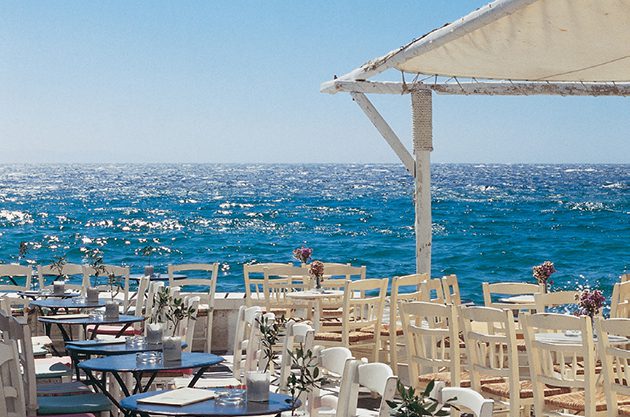
Known as the island of the Knights, Rhodes in the Dodecanese islands is a place steeped in history. The ancient city of Rhodes started construction in 407 BC, planned by Hippodamus of Miletus. It has had many rulers, from the Roman, to the Byzantine, to being conquered by the Knights of the Order of St John of Jerusalem, to the Ottoman, to the Italians again, and only in 1948 that Rhodes became part of Greece. And in 1988 the Medieval City of Rhodes was listed as a UNESCO World Heritage Site. Inside the Old Town is a kaleidoscope of many cultures and civilisations. Walking through the actual town literally transport you back to medieval times.
The Palace of the Grand Master is the Old Town’sarchitectural crown, originally built in end 7th century AD and converted in early 14th century by the Knights into the Order’s Grand Master’s residence and administrative seat of Rhodes; it is now a museum. the Street of the Knights, a preserved cobblestoned street full of medieval inns that soldiers of the Order stayed. At the end of the Street, in the Museum Square are the Hospital of the Knights that now houses the Archaeological Museum and the Church of Our Lady of the Castle that is now the Byzantine Museum. Within the Old Town are streets with outdoor cafes, restaurants and shops juxtaposing with mosques and Turkish baths, attesting to the varied civilisations that once inhabit Rhodes. Outside the Old Town’s walls is the ‘new’ city with many magnificent neoclassical and new Venetian buildings such as the Post Office, the Prefecture of the Dodecanese, Evangelismos Church, the Town Hall and the National Theatre. The small marina Mandráki with its deer statues and windmills is a great place for a quiet stroll.
The ‘new’ city is also a mix of architectural styles of different cultures and time, with modern hotels juxtaposing with neoclassical buildings.
To the north of the ‘new’ city is the Rodíni Park, said to be the site of the historically famous School of Rhetoric where prominent Greeks and Romans such as Julius Caesar and Marc Anthony studied. Today it is a green paradise with peacocks, streams and paths amidst oleander bushes, cypress, maple and pine trees. St Stefanos Hill is where the ancient Acropolis was, a place for worship, education and recreation, and at the hilltop are the remains of the Temple of Apollo. If you like things ancient, visit the three powerful cities of ancient Rhodes – Ialissós, Kámiros and Líndos.Ialissós today is a popular resort dotted with ancient ruins and an enormous crucifix. Modern day Kámiros are quaint villages in lush greenery and the ruins of the city discovered in 1859. Contemporary Líndosis a picturesque seaside town of cubic whitewashed houses and ruins of past civilisations sited together in harmony.



